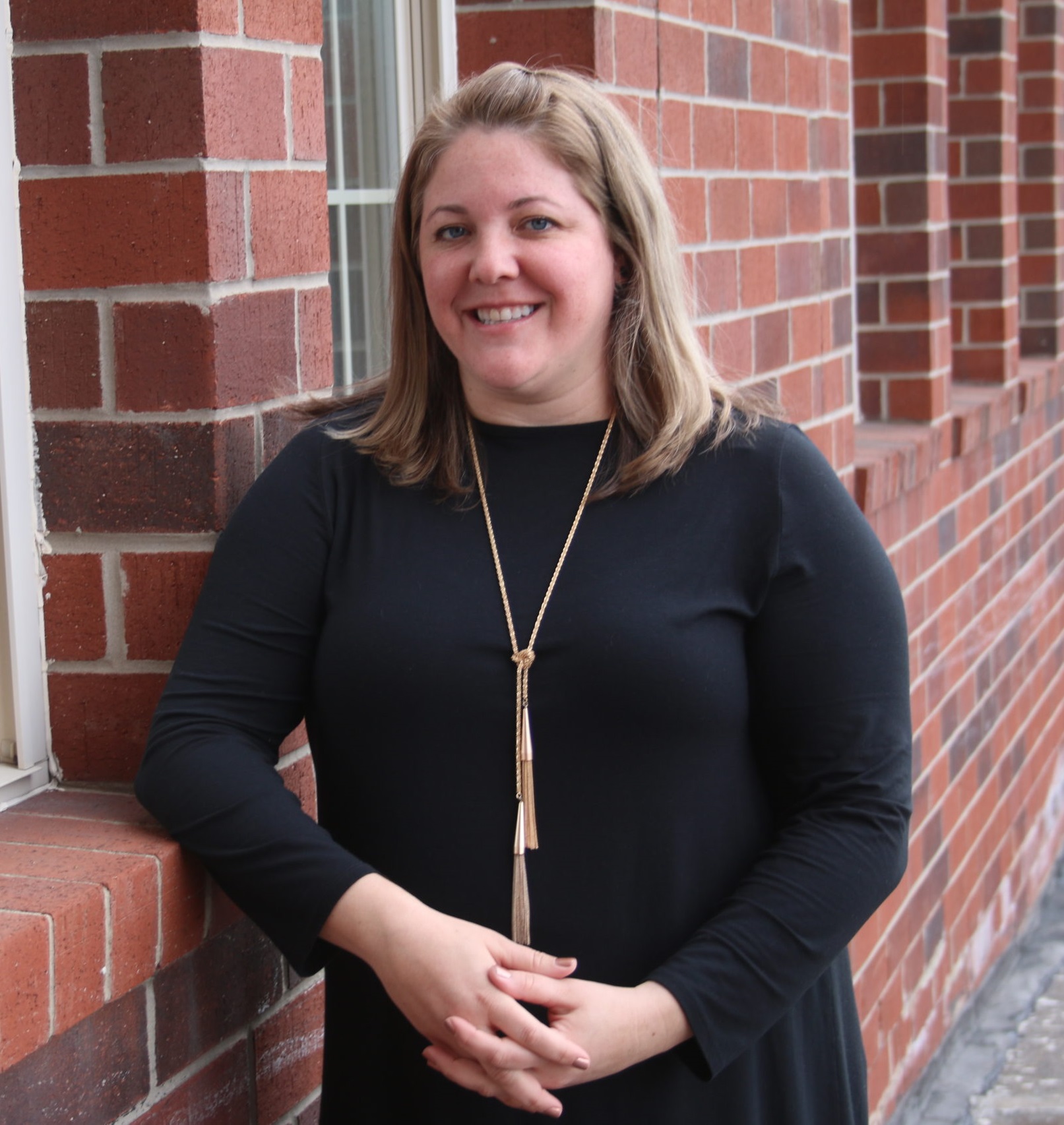The Impact of Color on Building Interiors
Learning Objectives:
- Explore the principles of color theory in design and the use of imagery and lighting related to those principles.
- Identify the impact that color and imagery can have on the general wellbeing of people related to their health and welfare.
- Review the approaches that manufacturers use to create color and design palettes for materials based on color theory and wellness.
- Recognize how to incorporate color into the interior design of different types of commercial and institutional buildings to the benefit of users.
Credits:
This course is approved as a Structured Course
This course can be self-reported to the AANB, as per their CE Guidelines
Approved for structured learning
Approved for Core Learning
This course can be self-reported to the NLAA
Course may qualify for Learning Hours with NWTAA
Course eligible for OAA Learning Hours
This course can be self-reported for Learning Units to the Architectural Institute of British Columbia
Color is a fundamental aspect of the visual and sensual experience of any building interior. Working with color is more than an aesthetic exercise, however, since it has direct connections to the psychological and emotional aspects of people. Based on their work in these areas, the panelists in this webinar address both the theoretical and practical aspects of using color to enhance building interiors and thus influence the human experience, including the health and welfare of people. We begin with some fundamental aspects of color theory and things that influence our perceptions of colors, such as lighting. Next, is a discussion on how manufacturers of interior products use color theory to develop material palettes for different interior building products. Finally, everything comes together in actual projects which are presented to show how theory and practice can play out successfully.


|
Aga Artka ASID, WRID, EDAC, is a design consultant who collaborates with construction and manufacturing clients. Her agile and visionary thinking, combined with design trends and color forecasting knowledge, allow her to bring value and design expertise to interior projects, product design and development as well as marketing and branding for enterprises and individuals. As a mentor, speaker and a co-author of “The Brand of You. The Ultimate Guide for an Interior Designer’s Career Journey”, a book on personal branding and career development, Aga’s goal is to help others find success in the field of interior design. |

|
Emily Brownell, NCIDQ, CID, LEED AP, Senior Interior Designer, NK Bhandari Architecture & Engineering. Emily has 15 years of Interior Design experience with a specialization in healthcare, higher education and corporate interiors. She is highly skilled in interior and architectural detailing, selecting finishes, interior elevations, and lighting design. As a Senior Interior Designer, she brings creativity, enthusiasm and innovation to her clients. |

|
Stacey Johnston, graduated from Southern Illinois University in 2009 with a bachelor’s degree in Interior Design. Shortly after, she left her home state of Illinois to move to Florida to begin a career within the architecture and design profession. In 2016 she took and passed all her licensing exams the first time to become a Registered Interior Designer within the state of Florida. During her career, she has worked in several aspects of Interiors including Food Service, Hospitality, Artwork and Graphics, and in the past 7 years has mostly focused her work within the Education and Public sectors. She currently resides in Clearwater, Florida with her husband, two children, and dog. |

|
Moderator: Peter J. Arsenault, FAIA, NCARB, LEED® AP, is a registered architect, author, speaker, and consultant with a nationwide practice. A 1977 graduate of Syracuse University, his multi-faceted work has focused on principles of energy, healthy environments, and sustainability since the 1980’s, well before “green” architecture was popularized. His 44-year career includes design and planning for a wide range of public and private clients on governmental, educational, health care, residential, and religious buildings. He shares this diverse experience regularly at seminars and conferences around the U.S. encouraging design professionals to include sustainability as part of good architectural design. He has over 250 published national continuing education articles to his credit plus numerous articles in professional journals, magazines, and books. Mr. Arsenault has served at the local, state, and national level of the American Institute of Architects (AIA), the US Green Building Council (USGBC), led AIA Sustainable Design Assessment Team (SDAT) programs across the country and served as a member of the Advisory Board of the AIA+2030 series. |














